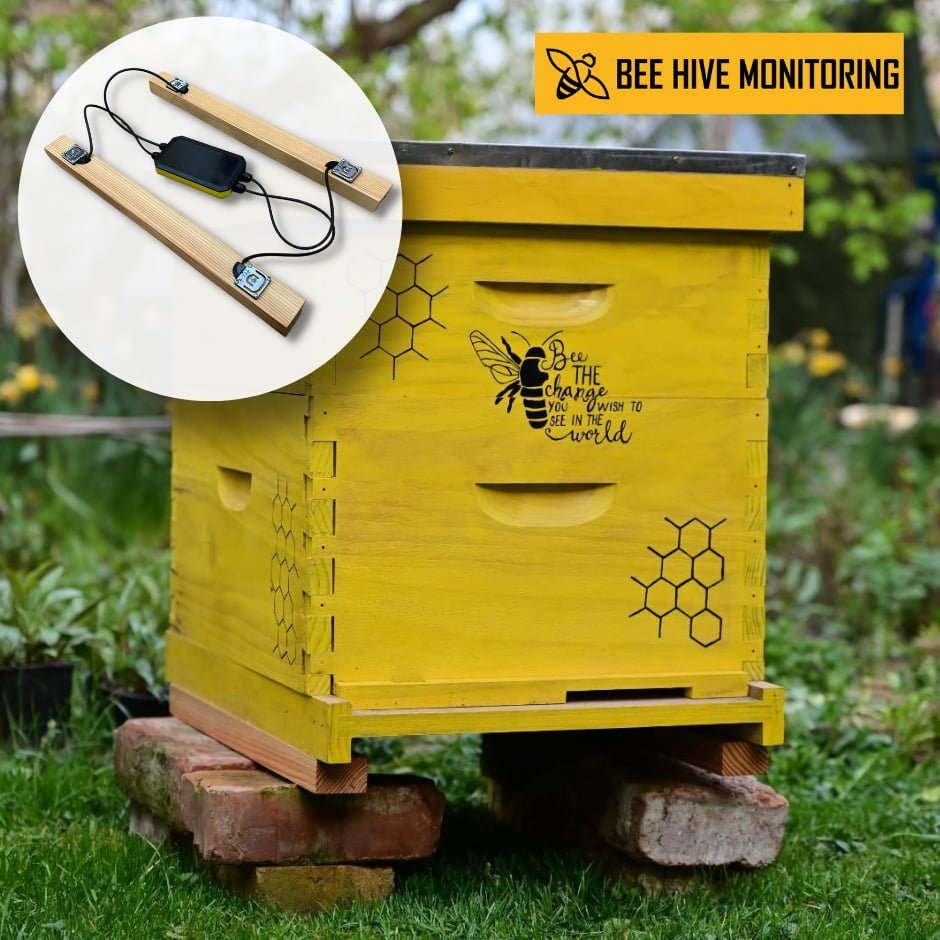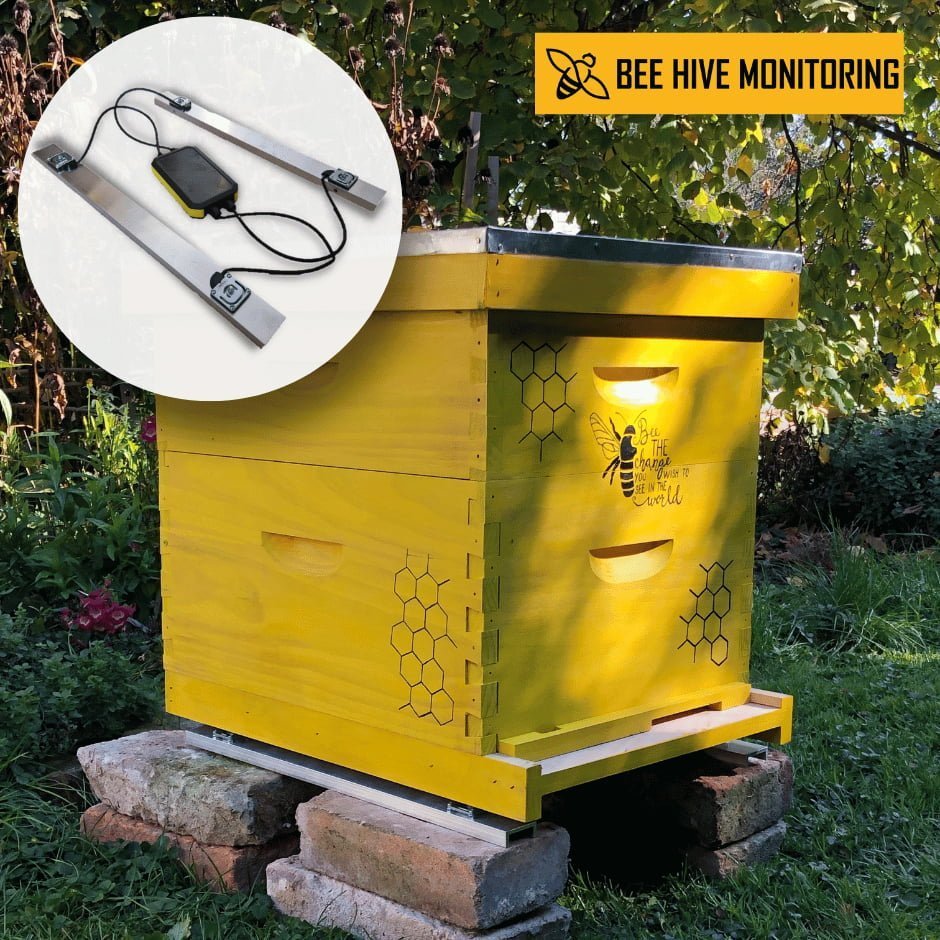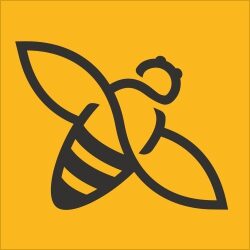BEE HIVE MONITORING
Influence of plant varieties on nectar flows
From the data obtained from the hive scale, you will be able to determine the effect on bees of plants that are grown in their vicinity. The hive weight shows the effect of each plant around the hive, especially if it is intensive agriculture or large areas of nectar- producing trees, such as robinias, lindens, chestnuts, or others. All you have to do is keep track of when each plant will bloom, and by observing the change in weight, you will see whether the bees use it to produce honey or not.
Weight of honey in the hive
Honey production is one of the main goals of every beekeeper. If bees can carry enough nectar and produce enough honey, they are certainly in good condition. The ability to determine the amount of honey that bees produce is essential in beekeeping. It is important to take it away so that they don’t swarm, but it is also important to leave them some supplies so that they can survive the winter. Stocks also need to be able to develop in the spring when the plants are not yet producing nectar or when there are few of these plants. Observing during one season will help you to make the next season easier and more successful, both in terms of bee health and honey yield.
Winter
The most problematic period for bees is the winter season. During the winter, only a fifth of the bees are in the hive compared to the summer season, and moreover, they don’t give birth to new ones. If for some reason the bees die, the whole bee colony collapses by spring. This is exactly the period when 20 to 40 percent of bee colonies are killed worldwide each year. If you know the weight of the hive, you can find out from the hive scale how much stock the bees have in the hive so that you can feed them before the winter. With the exact weight you can find out during autumn and winter whether the bees are not dying. The change is weak, but obvious to the attentive eye. The weight of the hive gradually decreases every day as individual sick bees leave the hive, even when it is cold outside.

“Wooden hive scale 3W.”

“Metal hive scale 3M+.”
Swarming
When bees swarm, the hive weight will give you an immediate signal that this has happened. The swarm usually sits on a nearby tree and you have a few hours to catch it before it decides to fly away. An online hive weight informs you of an unusual weight loss and you know you have to go catch a swarm or check the hive. If the bee colony has grown and you do not want to lose most of the honey yield, it is necessary to intervene in the colonies development The bees swarm on the day they cap the new queen’s queen cell, and the original old queen leaves with the swarm. But this means that there is no queen in the hive to lay eggs. The new one will emerge in up to 8 days, then it will take her 5 days to reach sexual maturity and mate, and then another 10 days before she starts laying eggs, if she has managed to successfully return from mating flights. During this period, you will lose a large number of unlaid eggs and sealed brood that could carry nectar and pollen to the hive. This loss is the reason why a bee colony in a given season will bring a below-average amount of nectar and you will have nothing to extract from either the swarm or the original beehive.
“Everything is from our own book: “What the beekeepers didn’t know.”
Healthy and efficient hives
It is very important to understand the health of bees and their performance compared to other hives: if you have several hive weights, you can make a very precise selection of the best hives and separate those that lag behind. This way you can choose the best genetic material and you will do much better during the next season. You don’t need to have any knowledge of genetic engineering, you just need to compare how fast the bee colony is developing – by simply monitoring weight gain. You will propagate the strongest hives you just need to change the queens. After a few seasons, you will have only above-average, healthy bee colonies at the apiary, and the result of your work will be rewarded with honey yields, but also with easier care.
